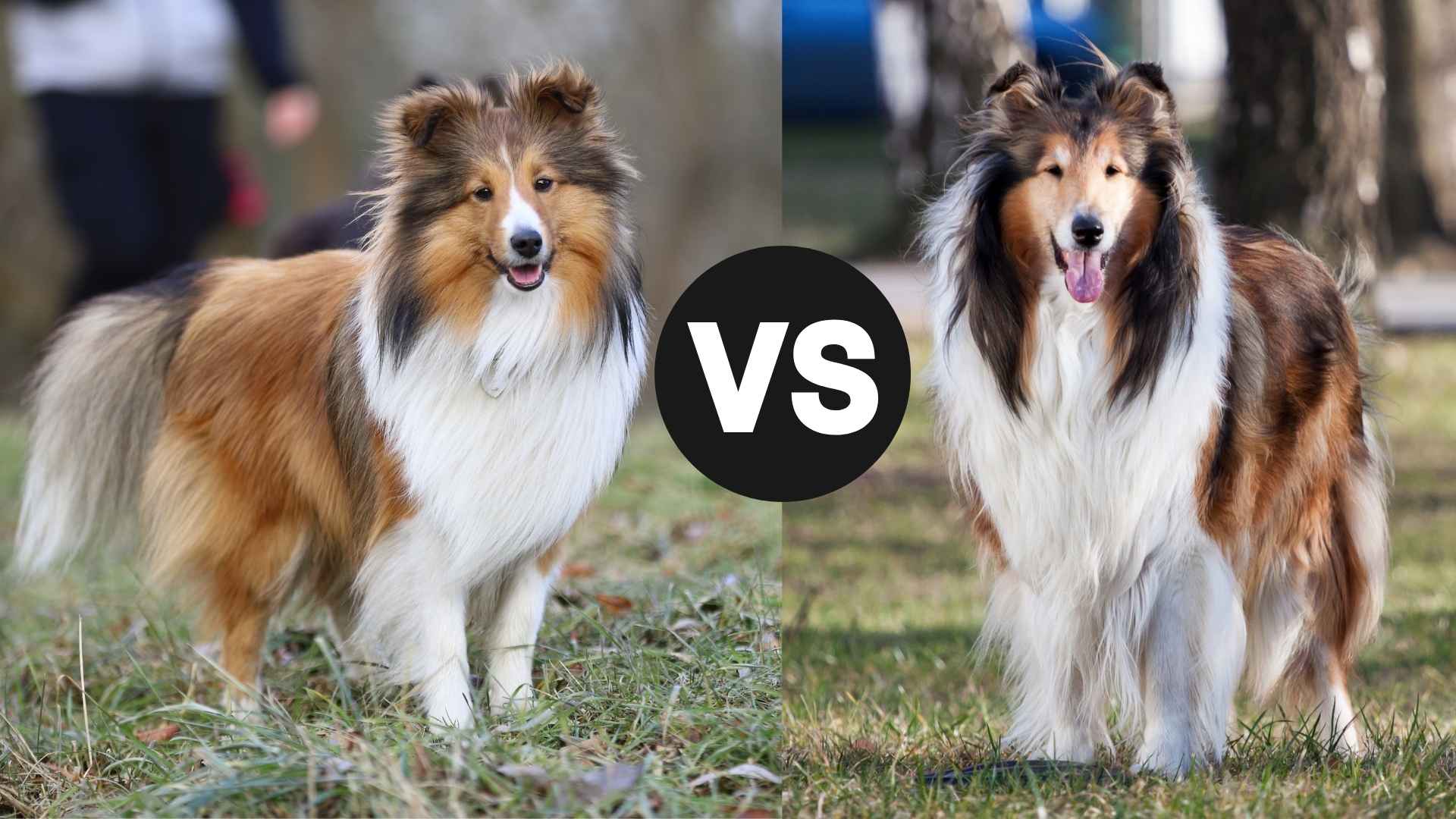When choosing between a Shetland Sheepdog and a Rough Collie, many dog lovers are drawn to their strikingly similar appearances. However, despite their resemblance, these two breeds have distinct differences in size, temperament, and care requirements.
The Shetland Sheepdog, often called a “Sheltie,” is smaller, highly intelligent, and known for its agility and herding instincts. The Rough Collie, made famous by Lassie, is a larger breed with a gentle and loyal nature. Understanding these key differences can help you decide which breed best suits your lifestyle.
Whether you’re looking for an active companion for dog sports or a family-friendly pet with a calm demeanor, knowing what sets these breeds apart is essential. In this article, we’ll explore the unique traits of both breeds to help you make the right choice for your home and lifestyle.
Shetland Sheepdog vs. Rough Collie
The Shetland Sheepdog and the Rough Collie are both members of the Collie breed, sharing a history rooted in their roles as hardworking herding breeds. The Shetland Sheepdog, originating from the Shetland Islands, was bred to herd sheep and other livestock in harsh, rugged terrain.
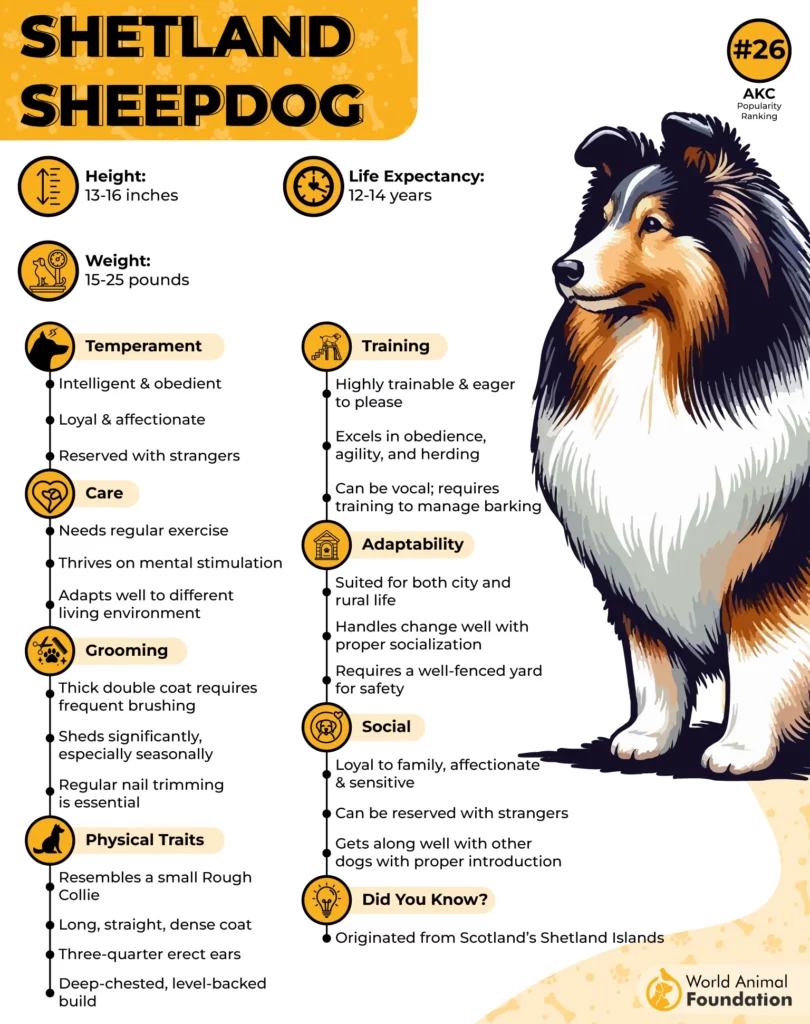
Their smaller size and agility made them well-suited for this task, and over time, they gained popularity as family dogs due to their intelligence, loyalty, and affectionate nature. Sheltie is a distinct breed known for its high energy and eagerness to please.
The Rough Collie, made famous by the Lassie character, was developed as a versatile herding dog in Scotland. Larger and more elegant than the Sheltie, the Rough Collie is known for its gentle temperament and strong bond with human companions.
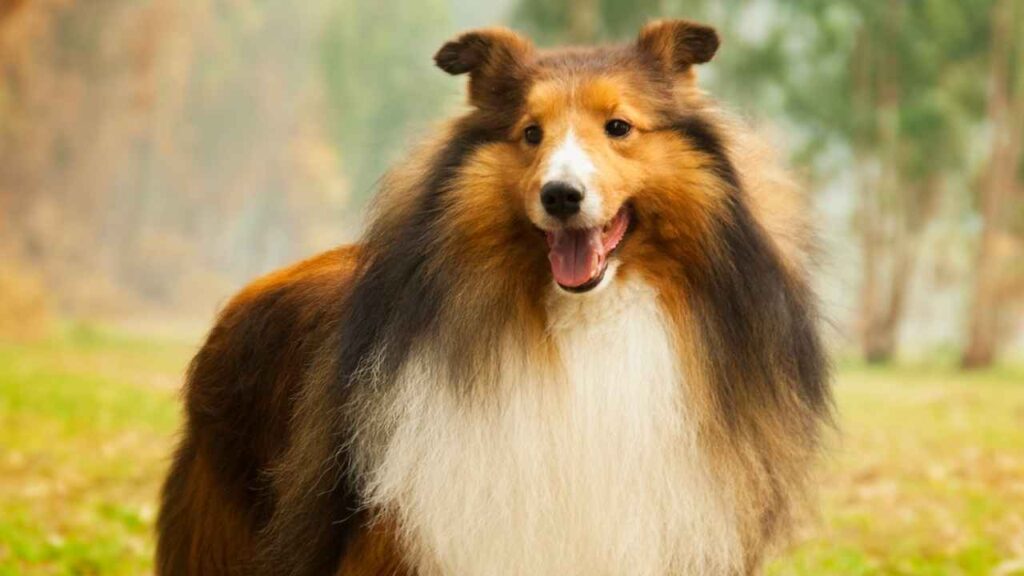
Rough Collies are generally more social and adaptable as family dogs. Both dogs excel in obedience and companionship, making them excellent choices for families who appreciate intelligent and affectionate pets.
Shetland Sheepdog vs. Rough Collie: Size
The Shetland Sheepdog is a small to medium-sized breed, typically standing between 13-16 inches tall and weighing around 15-25 pounds. Despite their smaller size, Shelties are agile and energetic, excelling in activities like herding and obedience competitions. Their compact build makes them excellent candidates for various living environments.
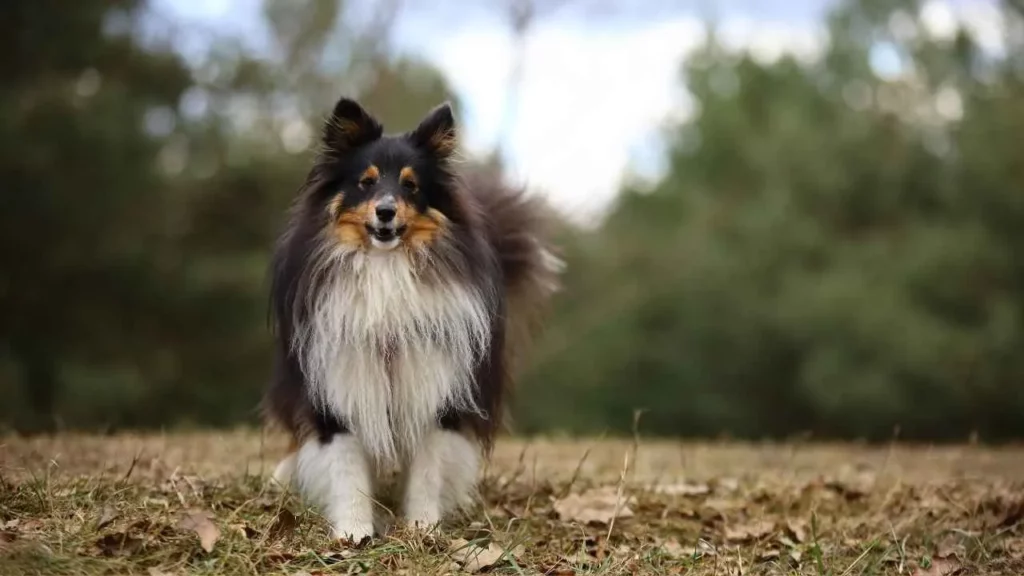
In contrast, the Rough Collie is significantly larger, reaching a height of 22-26 inches and weighing between 50-75 pounds. Their size gives them a more commanding presence, but they are known for their gentle and affectionate nature.
While they require more space than Shelties, they adapt well to family life, provided they have room to move and play. Their larger build also means they need consistent exercise to maintain a healthy weight and overall well-being, making them suitable for potential owners with ample space for these big dog breeds.
Shetland Sheepdog vs. Rough Collie: Coat Color and Texture
The Shetland Sheepdog has a thick double coat consisting of a soft, dense undercoat and a long, straight, water-resistant outer coat. This luxurious fur helps protect them from harsh weather conditions but requires regular brushing to prevent tangles and matting.
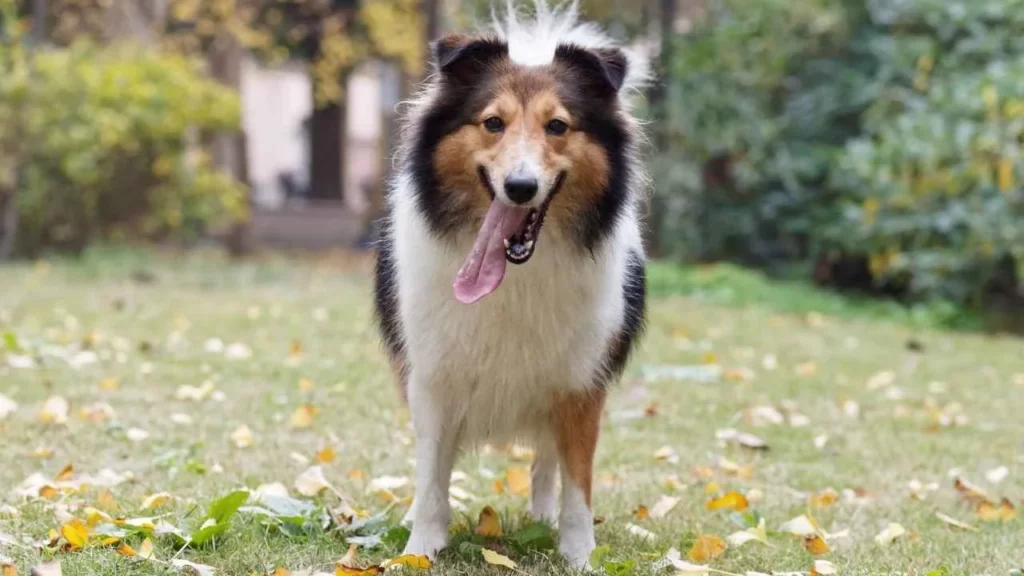
Shelties come in various coat colors, including sable, black, and blue merle, often with white and tan markings that add to their striking general appearance.
The Rough Collie also boasts a dense double coat, but its outer layer is longer and slightly coarser than the Sheltie’s. Their fur flows elegantly, giving them a regal and graceful look. Like Shelties, Rough Collies require frequent grooming to manage shedding and maintain their coat’s health.

They share similar coat colors, such as sable, blue merle, and tricolor, often have a characteristic white mane and chest that enhance their dignified appearance. Rough Collies require more intensive grooming due to their long, flowing fur.
Shetland Sheepdog vs. Rough Collie: Tendency to Drool
The Shetland Sheepdog has an extremely low tendency to drool, making them a great choice for owners who prefer a clean and low-maintenance pet. Shelties are known for their fastidious grooming habits and rarely produce excessive saliva, even after eating or drinking.
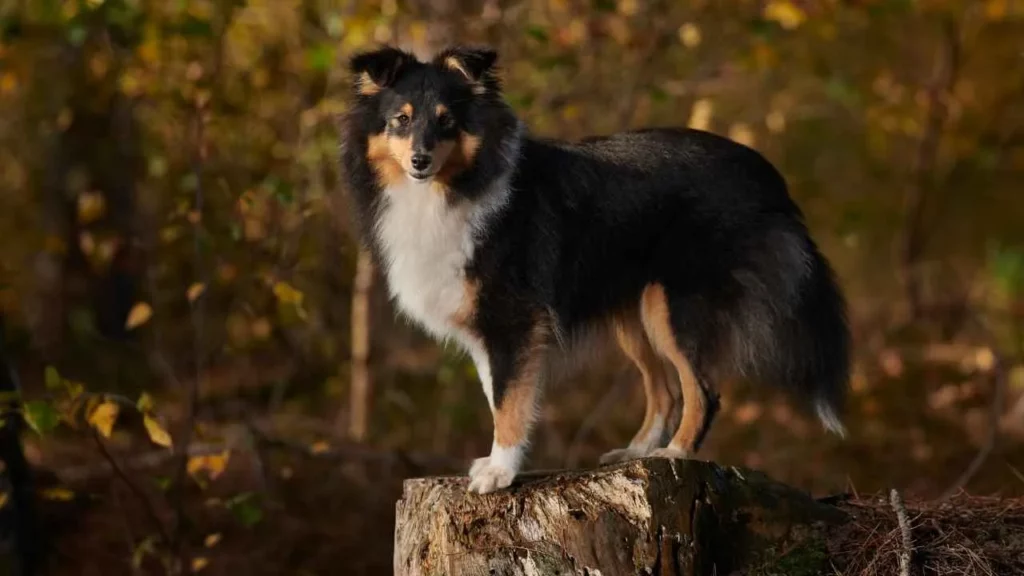
Their small, compact mouths and tight lips help minimize drooling, keeping their fur and surroundings relatively dry.
The Rough Collie also has a low drooling tendency, though slightly more than the Sheltie, due to their larger size and looser lips. While they are not heavy droolers like some giant breeds, they may produce some saliva after exercise or during mealtime.
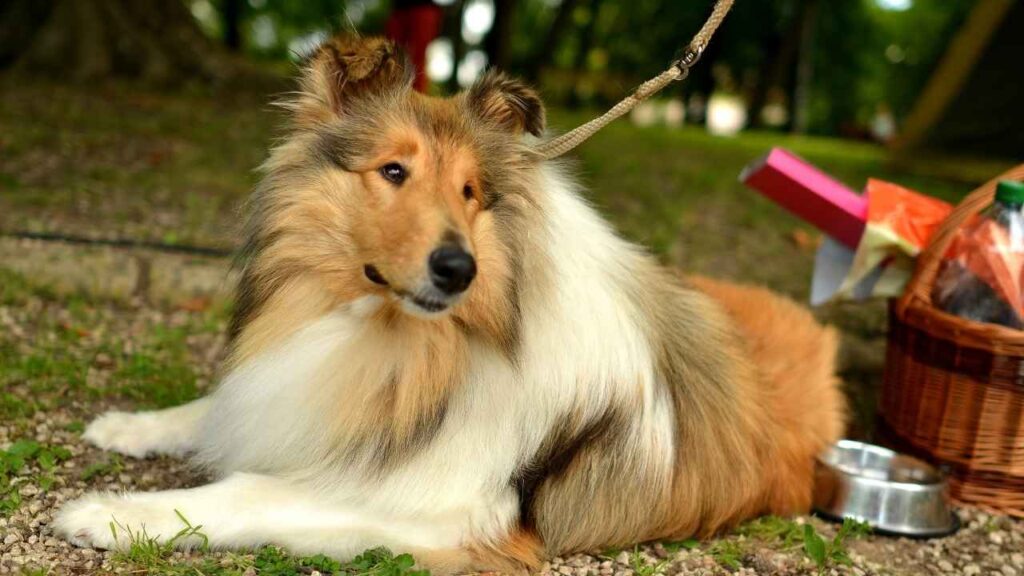
However, their cleanliness and lack of excessive slobber make them a good option for families who prefer dogs with minimal drool-related mess.
Shetland Sheepdog vs. Rough Collie: Temperament
The Shetland Sheepdog is an intelligent, energetic, and highly responsive breed known for its strong herding instincts. Shelties are extremely loyal to their families and thrive on human interaction, making them excellent companions.

They are naturally alert and can be reserved around strangers, often exhibiting a protective streak. As stated by Hillspet, this breed is affectionate and eager to please. Their high intelligence means they require mental stimulation and consistent training to prevent boredom-related behaviors.
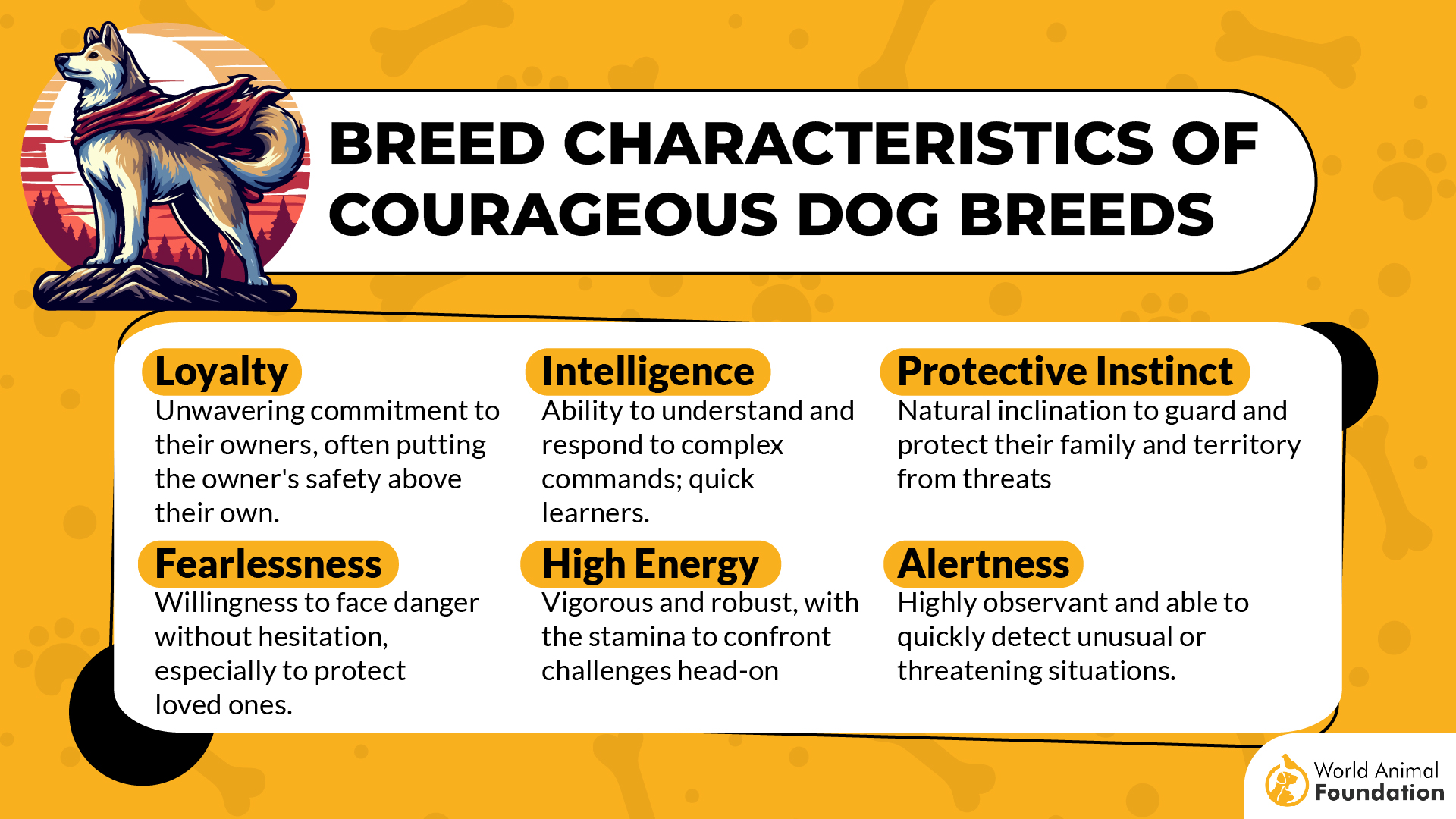
The Rough Collie is known for its gentle, affectionate, and highly social temperament. This breed is naturally friendly and enjoys being around people, including children and other pets.

They are intelligent and responsive but have a more laid-back personality, making them well-suited for family life. While protective of their loved ones, they are generally less wary of strangers than Shelties, displaying a calm and nurturing nature.
Shetland Sheepdog vs Rough Collie: Grooming Requirements
These breeds have significant grooming needs due to their thick double coats. The Shetland Sheepdog requires regular coat care to prevent matting, as their dense undercoat and long outer coat can trap dirt and debris.
Since Shelties are agile dogs with a high energy level, they may pick up burrs and tangles during daily exercise, making consistent grooming a big deal. Regular attention to their coat type can help reduce common health issues like skin irritation and discomfort.
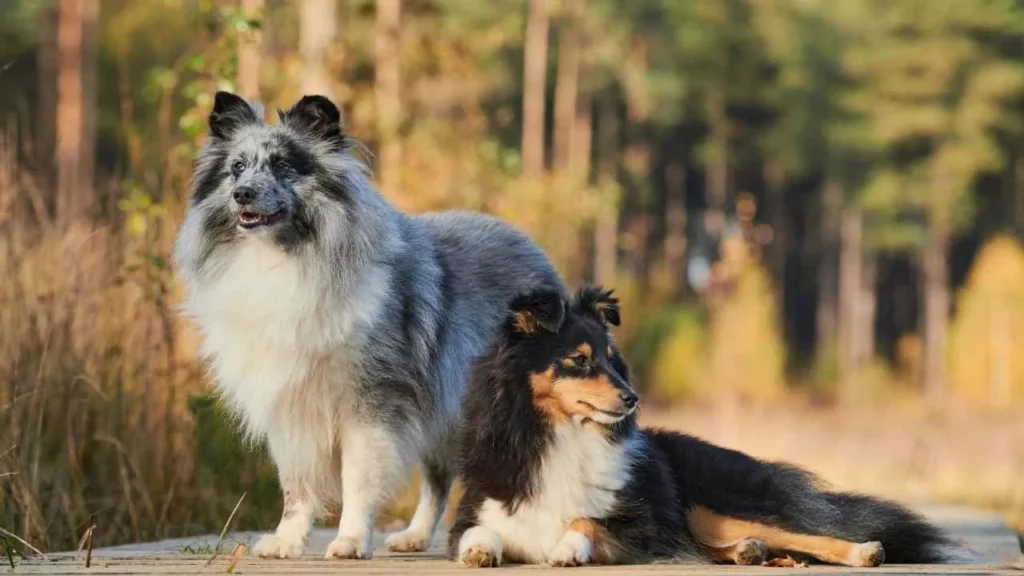
The Rough Collie also has extensive grooming needs, as their luxurious coat is prone to tangling and shedding. Their longer fur requires frequent brushing to maintain its shine and prevent mats. These herding dogs shed heavily during seasonal changes, so owners must stay diligent with coat care.
Bathing should be done occasionally, as excessive washing can strip natural oils. While both purebred dogs require time-intensive grooming, their gentle and friendly nature makes the process more manageable.
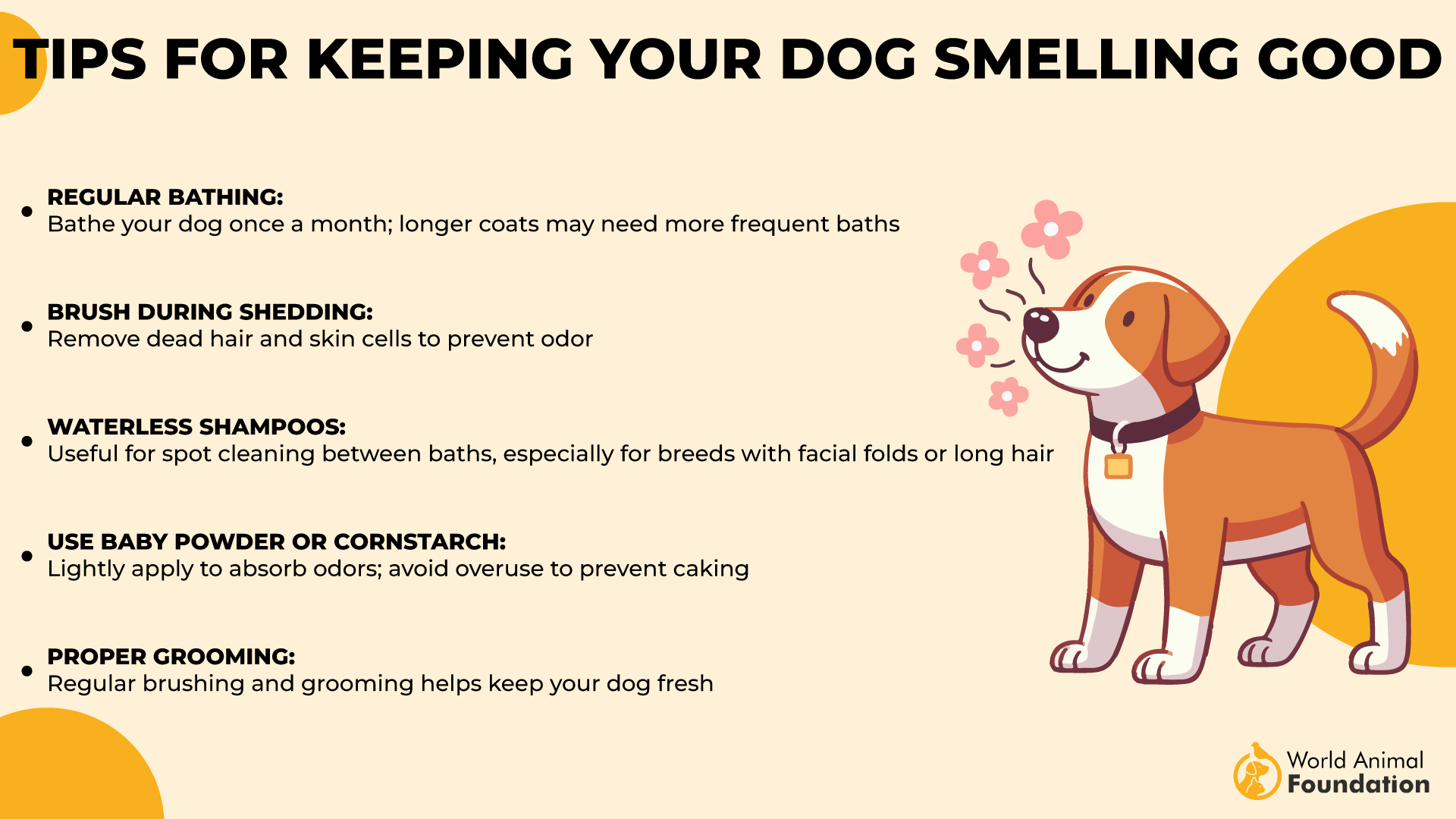
Shetland Sheepdog vs. Rough Collie: Health and Lifespan
The Shetland Sheepdog has a 12-14 year lifespan and is generally healthy but prone to collie eye anomaly, hip dysplasia, and progressive retinal atrophy, which can lead to vision loss. They are also at risk for von Willebrand’s disease, a blood clotting disorder, and dermatomyositis, a skin and muscle condition. Regular health screenings, responsible breeding, and a proper diet help reduce these risks.
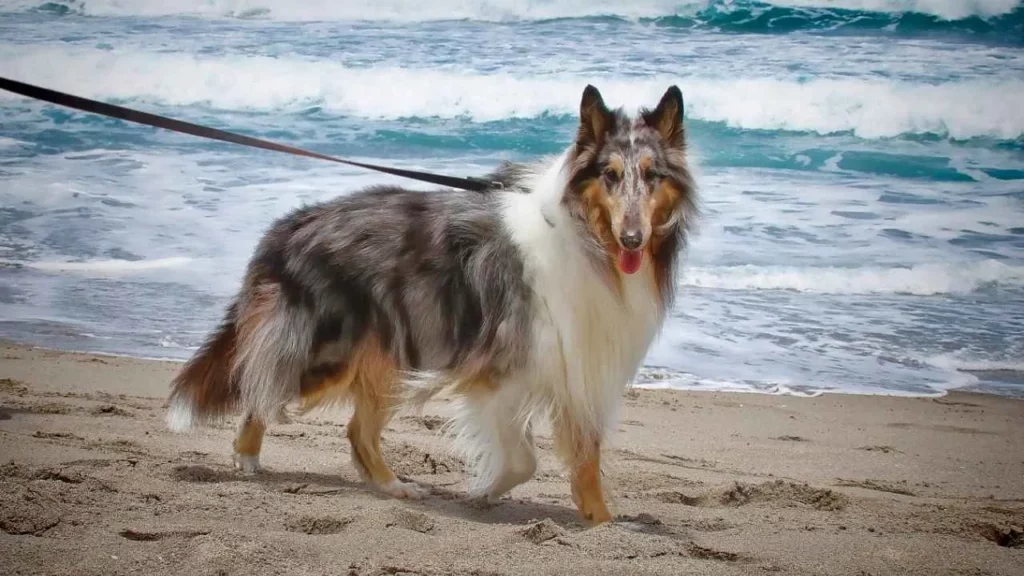
AKC states that Shelties are also prone to hypothyroidism, epilepsy, and bladder stones, requiring lifelong management if diagnosed. Their high energy level helps prevent obesity, but without enough activity, they can gain weight, worsening joint issues. Routine checkups, proper dental care, and early detection of certain health issues ensure a longer, healthier life.
The Rough Collie has a lifespan of 12-15 years, making it a relatively long-lived member of the Collie breed. They are prone to inherited health conditions that potential owners should know.
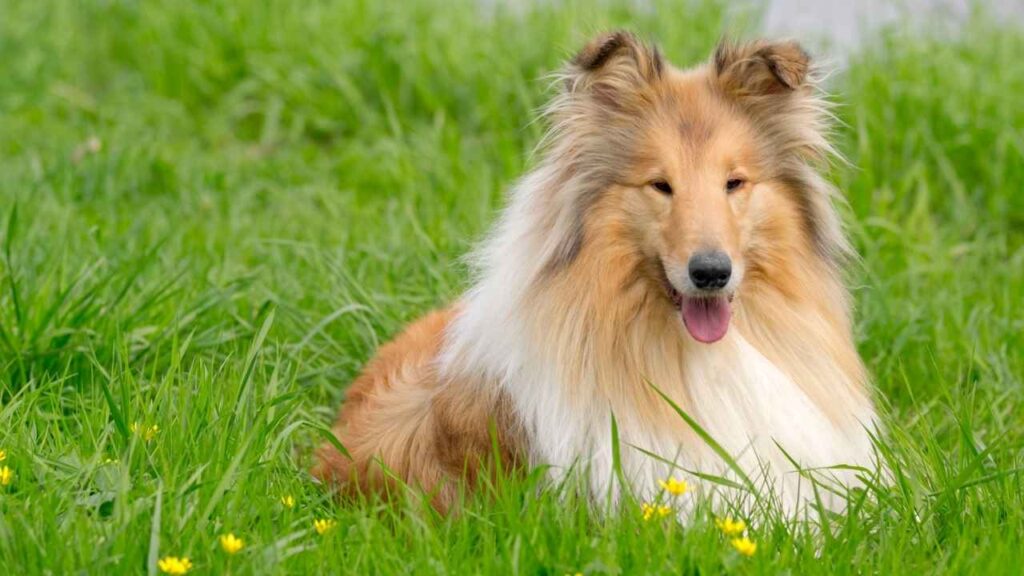
PetMD states that Collie’s eye anomaly is a common genetic disorder that can range from mild vision impairment to complete blindness. Hip dysplasia is another concern, particularly in older dogs, affecting mobility and overall quality of life. Regular veterinary checkups and responsible breeding practices help reduce the likelihood of these conditions.
In addition to genetic disorders, Rough Collies may experience certain health issues such as progressive retinal atrophy, bloat, and drug sensitivity due to the MDR1 gene mutation. Proper diet, routine exercise, and preventive care are essential to maintaining health.
Since they are affectionate family dogs, they can develop separation anxiety if left alone for long periods, which may impact their emotional well-being. Providing mental stimulation and regular health screenings ensures this loyal breed’s happy and active life.
Conclusion
The Shetland Sheepdog and the Rough Collie are exceptional breeds with unique qualities that make them beloved companions. Shelties, often mistaken for a miniature collie, are smaller, highly energetic, and excel in obedience, making them ideal for active owners.
In contrast, Rough Collies, closely related to smooth collies, have a more laid-back temperament and a striking long coat that requires regular grooming. While both breeds share strong herding instincts like the German Shepherd, they are generally more gentle and well-suited as family members in various living situations.
Choosing between these two breeds depends on factors such as size, grooming needs, and lifestyle. Shelties adapt well to apartments with proper exercise, while Rough Collies thrive in larger spaces.
Regardless of choice, early training from a reputable breeder, socialization with other animals like cats, and proper leash training from an early age ensures a well-behaved and happy puppy.


